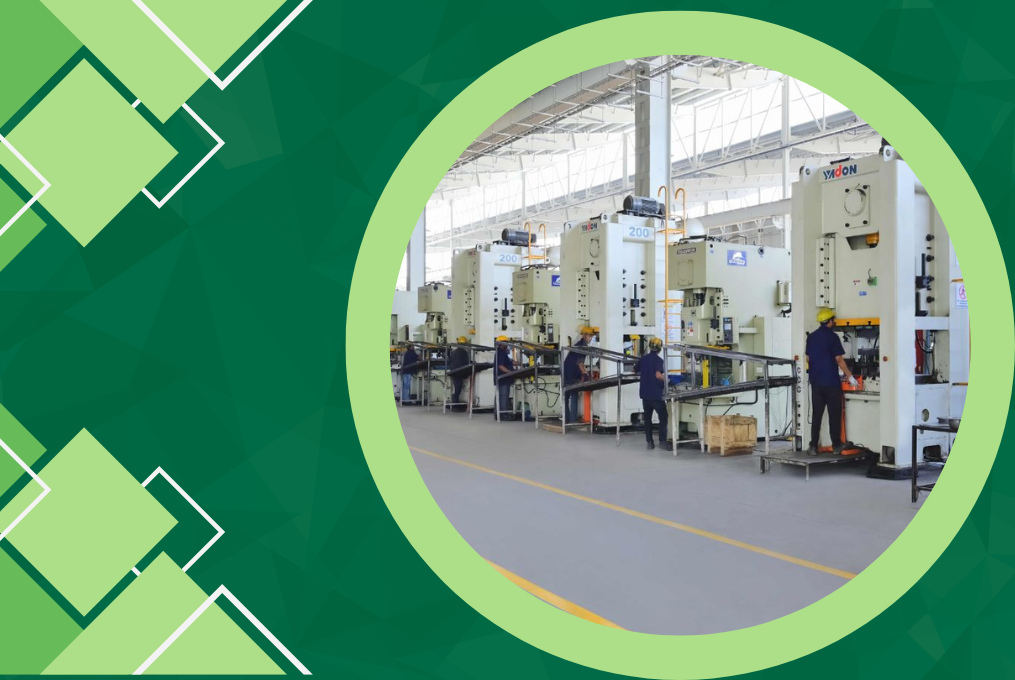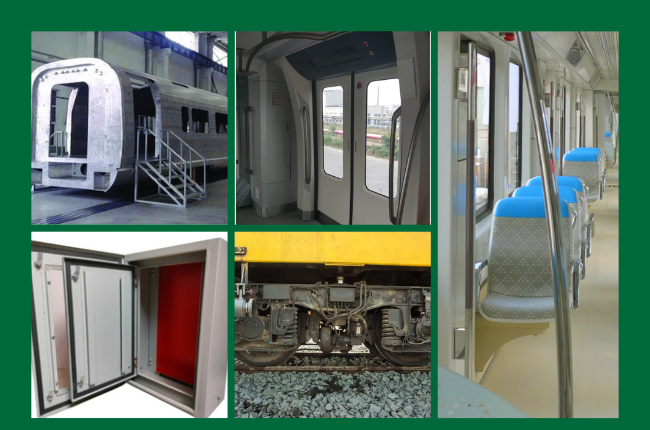Enhancing Railway Systems with Durable and Reliable Sheet Metal Components

Railways are a crucial part of modern transportation. They help move people and goods across cities, countries, and continents. Using solid and dependable materials to keep trains running smoothly and safely is essential. One such material is sheet metal. Let's explore how sheet metal components enhance railway systems and make them more durable and reliable.
Why Use Sheet Metal in Railways?
Durability: Sheet metal is solid and can withstand harsh weather conditions. This makes it ideal for railway systems, where components are exposed to rain, snow, and extreme temperatures.
Reliability: Trains need to run on time and without breakdowns. Using reliable materials like sheet metal helps ensure that parts last longer and require less maintenance.
Safety: Safety is a top priority in the railway industry. Sheet metal components, such as doors, panels, and structural parts, provide the necessary strength to protect passengers and cargo.
Applications of Sheet Metal in Railways

Train Car Bodies: The outer shell of train cars is often made from sheet metal. This provides a robust, lightweight structure that can withstand impacts and protect passengers.
Doors and Windows: Sheet metal makes frames and panels for train doors and windows. These components need to be durable to handle constant opening and closing.
Interior Panels: Inside the train, sheet metal is used for walls, ceilings, and flooring. It provides a clean and sturdy surface that is easy to maintain.
Electrical Enclosures: Many electrical components in trains are housed in sheet metal enclosures. These protect the electronics from dust, moisture, and physical damage.
Braking Systems: Sheet metal is used in various parts of the braking system, including brake discs and housings. These components need to be solid and heat-resistant to ensure effective braking.
Benefits of Using Sheet Metal in Railways
Cost-Effective: Sheet metal is relatively inexpensive compared to other materials. Its durability means that it lasts longer, reducing the need for frequent replacements.
Lightweight: Despite its strength, sheet metal is lightweight. This helps reduce the overall weight of the train, leading to better fuel efficiency and lower operational costs.
Easy to Fabricate: Sheet metal can be easily cut, bent, and shaped into different forms. This makes it possible to create custom parts that fit perfectly into the railway system.
Corrosion-Resistant: Many types of sheet metal, such as stainless steel and aluminum, are resistant to rust and corrosion. This ensures that the components remain in good condition for a long time.
Advances in Sheet Metal Technology

Recent technological advancements have further improved sheet metal components' performance in railways. Some of these advancements include:
Laser Cutting: Laser cutting technology allows precise and intricate designs to be cut into sheet metal. This improves the quality and fitness of the components.
Coatings and Finishes: Special coatings and finishes can be applied to sheet metal to enhance its properties. For example, anti-corrosion coatings can extend the life of the components.
3D Printing: 3D printing technology is used to create complex sheet metal parts with high precision. This allows for custom component production with unique shapes and features.
Improved Alloys: New metal alloys have been developed that offer better strength, flexibility, and resistance to wear and tear. These improved alloys make sheet metal components even more reliable.
Final Thoughts!
Sheet metal plays a vital role in enhancing the durability and reliability of railway systems. Its strength, versatility, and cost-effectiveness make it an ideal material for various training applications. With technological advancements, sheet metal components are becoming even more efficient and dependable.
Railway operators can ensure safer and more reliable transportation for passengers and goods by investing in high-quality sheet metal parts.
Sheet metal is a crucial material that helps keep our railways running smoothly and efficiently. Its durability and reliability make it essential for building and maintaining modern railway systems.